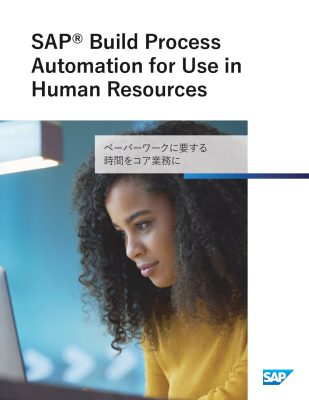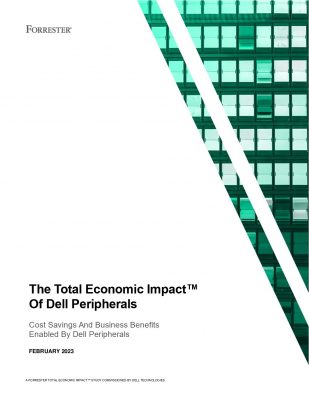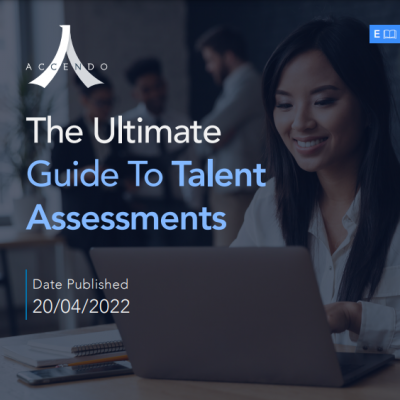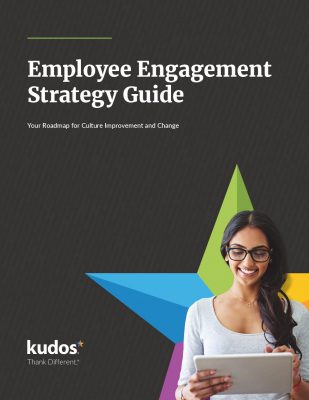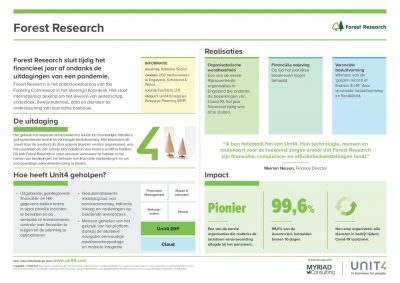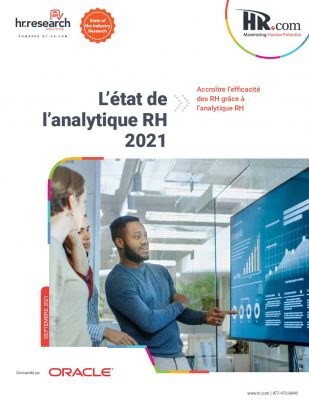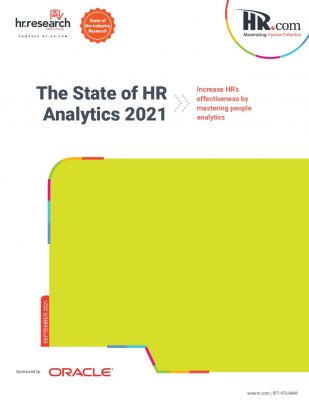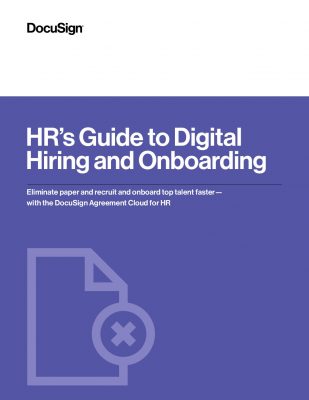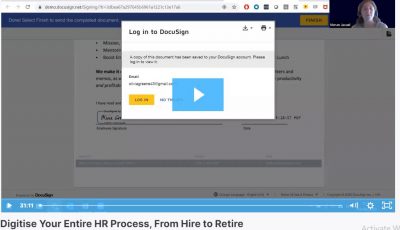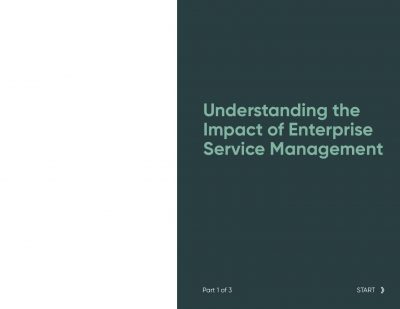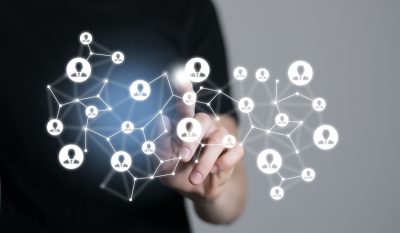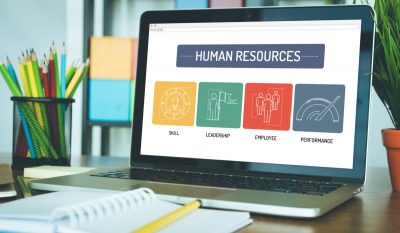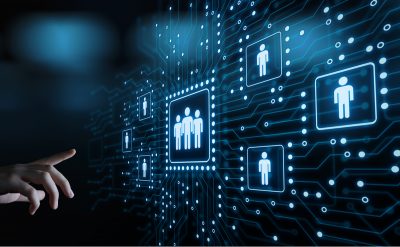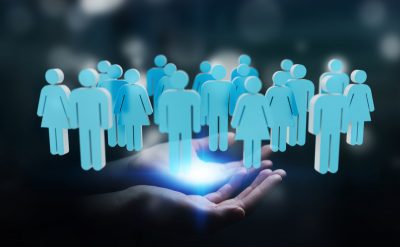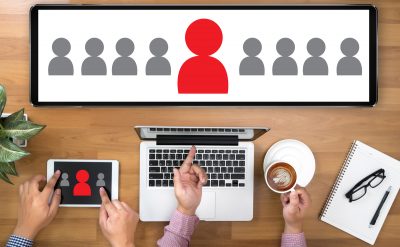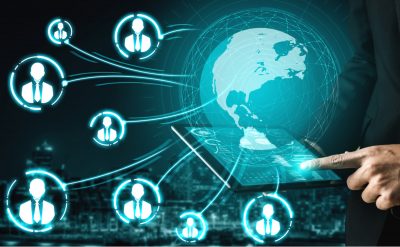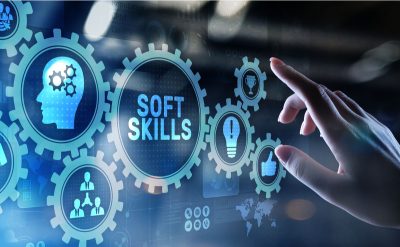HR domain is seeing a steady rise in demand for collaboration technology, to improve the recruitment and employee lifecycle management. The need for IT technology is being strongly felt by non-IT sectors to improve efficiency and satisfy the rising operational demand. One of such sector is HR that without the support and cooperation of IT cannot deliver the promise of the digitally driven concept. So having the IT and HR teams to work together is all set to bring the technological transformation in recruitment and employee management.
Designing a successful workplace strategy means that making a cultural shift between HR and IT; the shift demands new skills and talent. It makes coordination well maintained as the team works in sync with the required digital shift, creating an experience that positively impacts an employee perception of the workplace. It’s the reason why many of the organizations are redesigning existing decentralized service delivery models with a view of other global experience function for payroll, IT, HR, and other people services. HR is getting new experience reinventing its structures with added experience or even recreating the functions that include people operation and improved HR delivery service.
According to Gartner by 2022, almost 75 percent of the organizations will induct the employee experience improvement as a performance objective for IT and HR groups. It means that HR and IT will now be having growing priority to work together to ensure that the technology solves the major complicated problems but also meets the growing need for different types of demands. Organizations are now adding new HR technology teams that will interface with different IT counterparts so that together they can focus on architecting the use and mobility of HR software, systems, and applications. Enterprises that are placing the employee-centric approach as the top priority for delivering the self-service platform with the digitally driven employee service center.


